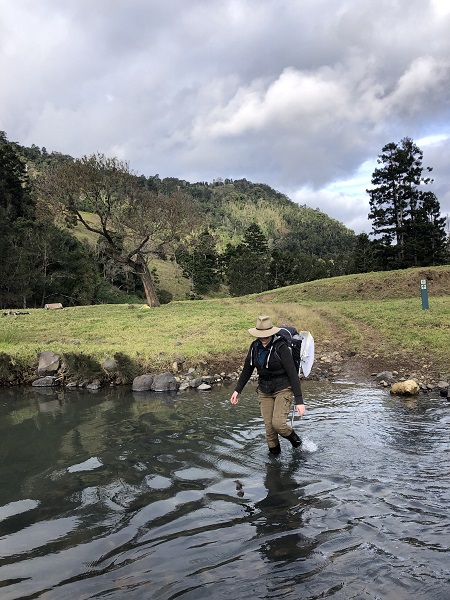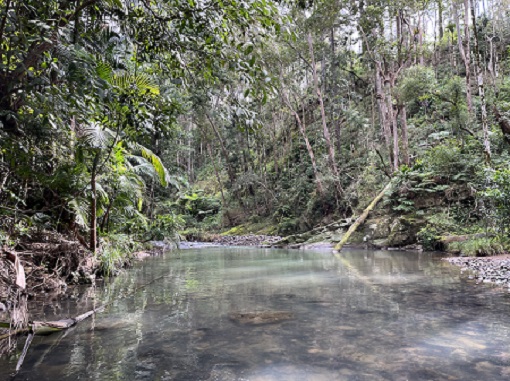The platy-project
Sign up for the platy-project
© Canva NFP
This September, take part in the ACF platy-project month of action, and you’ll help researchers understand more about this elusive animal and how we can better protect it.
About this project
In partnership with the Australian Conservation Foundation (ACF), Wildlife Queensland’s PlatypusWatch is asking wildlife watchers and members of the public to head down to their local creek or river this September to try to spot a platypus and record what they see.
Because platypuses (Ornithorhynchus anatinus) are shy and secretive, we still have surprising gaps in our understanding of where they live. This makes it harder for scientists and conservationists to advocate for their protection — even as habitat destruction, bushfires, drought and pollution drive down platypus numbers.
You can help fill these gaps by looking for platypuses in a Queensland waterway near you this September as part of the ACF platy-project month of action.
Platypus sightings across Queensland are decreasing and have been for two decades now, says PlatypusWatch Project Officer Tamielle Brunt.
“Encouraging Queenslanders to revisit local waterways where historical sightings were made, or to help survey new locations, will enable researchers to determine whether platypuses are now locally extinct in some habitats they used to frequent,” says Brunt.
Whether you see a platypus in September or not, you’ll make a big contribution to platypus science and conservation efforts. You will also have a great time observing, appreciating and being out in nature.
Sign up to take part in the platy-project this September.
After signing up, you’ll have access to all the information and resources you need to spot a platypus this September.
 © Tamielle Brunt
© Tamielle Brunt
Wildlife Queensland’s PlatypusWatch Project Officer Tamielle Brunt surveying for platypuses in the Upper Coomera River, 2022.
Top platypus-spotting tips
 © Tamielle Brunt
© Tamielle Brunt
Upper Coomera River, Queensland, 2022.
Given the platypus’s odd appearance, with its bill, webbed feet, and thick tail that stores fat for energy, you might think they would be difficult to confuse with any other species. However, in poor lighting or from a distance, musk dusks and rakali (Australia’s aquatic otter equivalent) are sometimes confused for platypuses.
Watch for:
- Concentric circles or ripples when platypuses dive and feed.
- A trail of bubbles that reveals platypus movement underwater.
- An obvious ‘bow-wave’ when platypuses are swimming on the surface.
- Slide marks and burrow entrances in banks, either above or below the surface, that are 10–15 cm in diameter. Commonly, entrances are 5 cm to 1 m above the water level and concealed by overhangs or vegetation.
- Footprints left in the soft mud on the riverbank near a burrow.
- Optimal habitat for platypuses, which includes clean creeks and rivers with medium-flowing currents, sturdy banks, overhangs, submerged logs and runnels and pools of 1–3 deep. They may also inhabit lakes, dams and even large ponds if water quality is good enough.
These are iconic, one-of-a-kind Australian monotremes, so we really need all Aussies to be more involved in protecting them. We also monitor populations using eDNA sampling method to determine the presence or absence of platypuses in waterways.
Alarmingly, some of our eDNA studies in Brisbane waterways have shown negative results for platypus DNA in habitats where platypuses have traditionally been seen. Platypuses are being impacted by environmental changes, so we need to find out where they are vulnerable to take action before it is too late.
If we can get a better idea of exactly where platypuses live, we can better inform management decisions to protect this elusive species.
Partners & sponsors
- Australian Conservation Foundation
